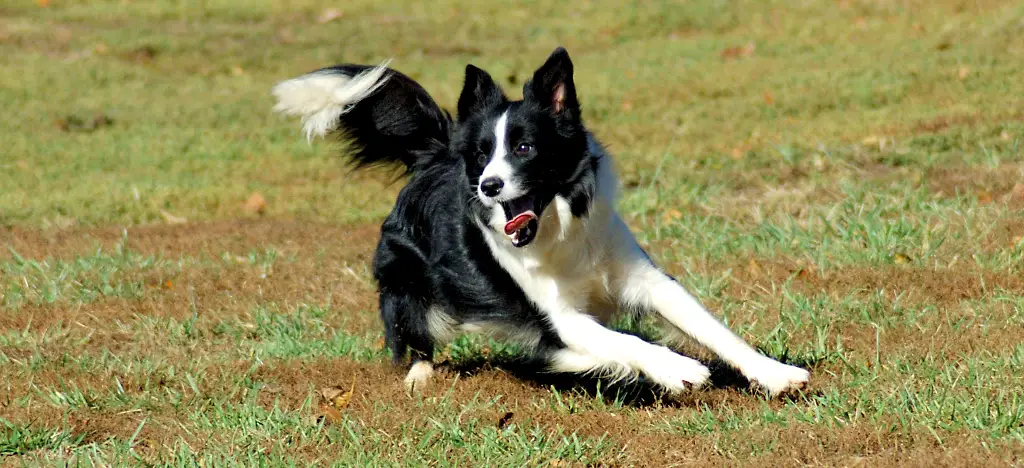Newborn puppies with deformed hind legs, that appear as backwards feet, is termed inverted hind leg syndrome or congenital metatarsal hyperextension. This is a fairly common disorder among the various defects of newborn puppies. It typically happens in larger litters, where puppies are crowded in the uterus.
In inverted hind leg syndrome, the puppy’s legs are stuck in an abnormal position for an extended period of time, in the uterus. The ligaments in the front stretch out, while the rear or posterior ligaments tighten. The ligaments eventually act like a corkscrew and begin to draw the feet up in an abnormal position. As a result, the feet appear as though they are attached backwards.
They are not attached backwards, and with a little physical therapy 4-6 times a day, the condition can be reversed, leading to a perfectly normal life for your puppy.
How To Perform Physical Therapy on a Puppy with Inverted Hind Leg Syndrome
Casting the Puppy’s Legs
Some vets recommend casting the puppy’s legs to straighten them out. However, most mothers will not tolerate having casts on their puppy’s legs. The desire to remove the foreign objects may pose more risk to the puppy, than slowly improving the puppy’s ligament flexibility with stretching exercises. No surgery is required to correct the syndrome.
Stretching Therapy to Improve Newborn Puppy Deformed Hind Legs
Gentle stretching is the key to releasing the tightened ligaments, that are making your newborn puppy’s legs look deformed. It won’t happen in one day, in fact it takes about four weeks for you to see noticeable improvement. Once improvement is noticeable though, it goes much more quickly. As early as four weeks the puppy’s feet may appear normal. By eight weeks the puppy should be running around without any defect to gait or standing conformation.
Each therapy session lasts about four minutes. You want to improve the range of motion by gently stretching the ligaments. Spend one minute on one leg, then one minute on the other, then return to the first leg and finally to the last leg.
- The range of motion exercises are done by gently extending and contracting the legs.
- While extending each leg, move the legs and feet incrementally in the direction they need to be positioned, and lightly massage them.
- By week two, you can hold the puppy up, supporting it on its hind legs, set the feet where you want them and lift the puppy up and down 1-2 inches, to improve flexibility.
- When the puppy is moving and trying to use his hind legs to propel forward, place your fingers on the floor, behind his feet. Let him push off of your fingers.
This is a condition where the newborn puppy’s deformed legs want to become straight. In fact some puppies legs straighten out by four weeks without any intervention at all. Having said that, most breeders want to intervene and help in any way possible.
Whelping Box Considerations for Inverted Hind Leg Syndrome
An uneven floor of the whelping box improves inverted hind leg syndrome. The floor needs ridges to help the puppy catch his hind feet and push with them. A slick surface is not recommended. For the first 2 weeks, an egg carton mattress topper on the floor will do. As the pups get larger, roll towels and place them under a larger, heavier towel. This makes hills and valleys on the floor. This type of flooring is also good for puppies with “swimmers syndrome.”
Other conditions, such as missing or malformed patellas can be mistaken for inverted hind leg syndrome, so at 4 weeks, visit your vet for a quick X-ray to confirm inverted hind legs, unless you have already seen marked improvement.
Final Thoughts on Newborn Puppies With Deformed Legs or Backwards Feet
Inverted hind leg syndrome or congenital metatarsal hyperextension is not a genetic condition. While it is a common abnormality among abnormalities, it is not common. You should not expect that the mother will continue to produce puppies with this condition or that her puppies will reproduce this condition.
It is also not life threatening. With patience and a little assistance, the puppy will be fine! For more breeding tips to help newborn puppies visit here.




